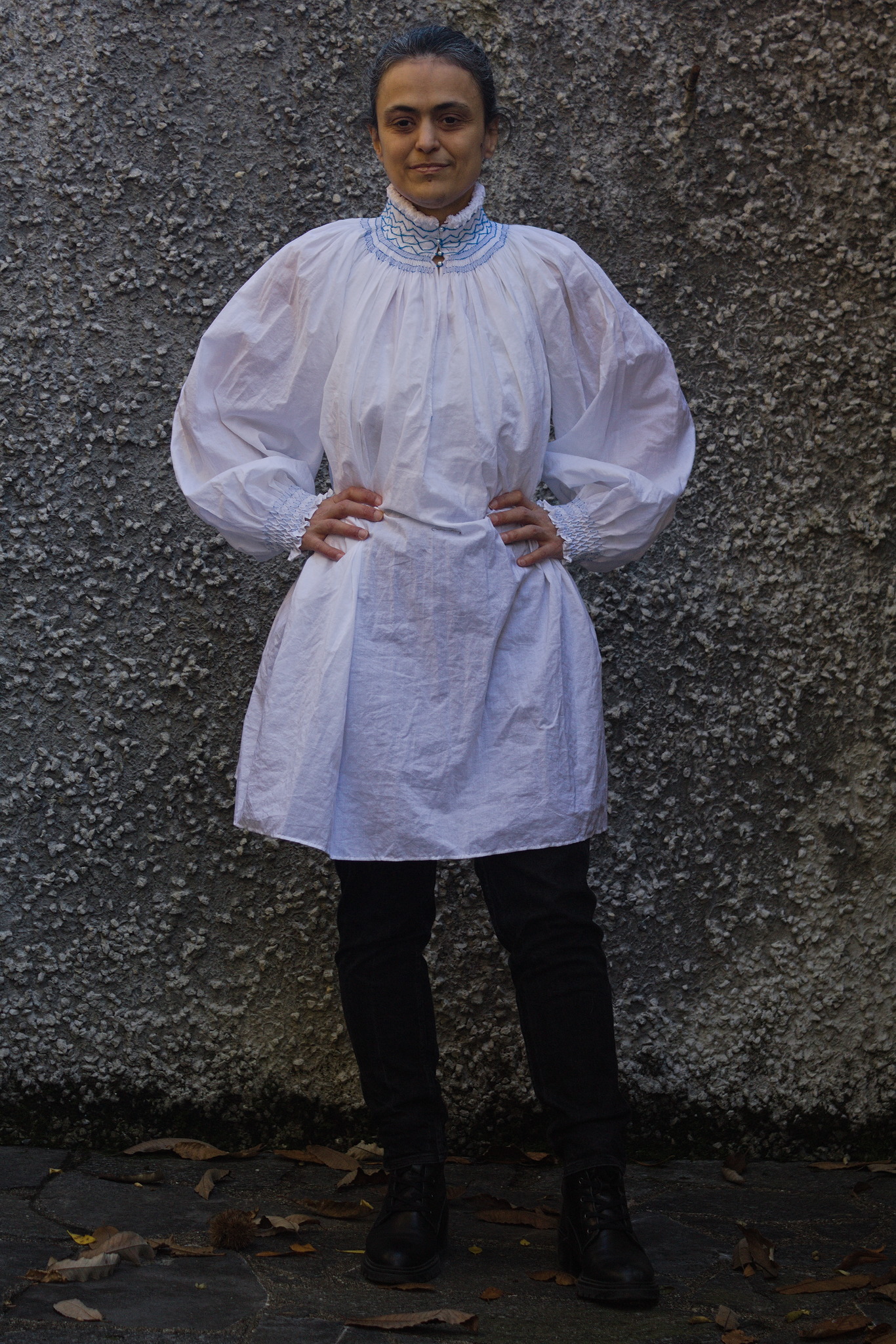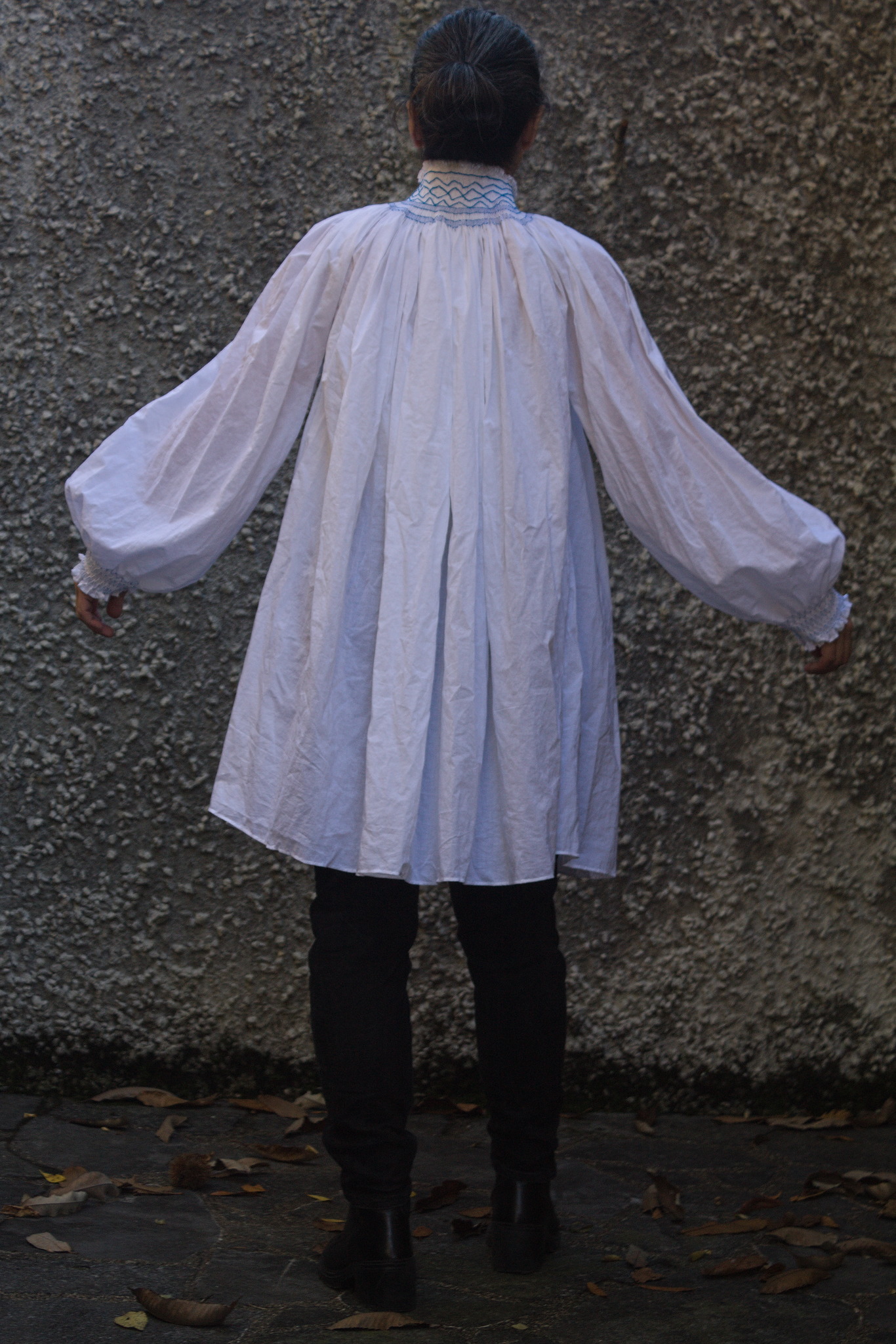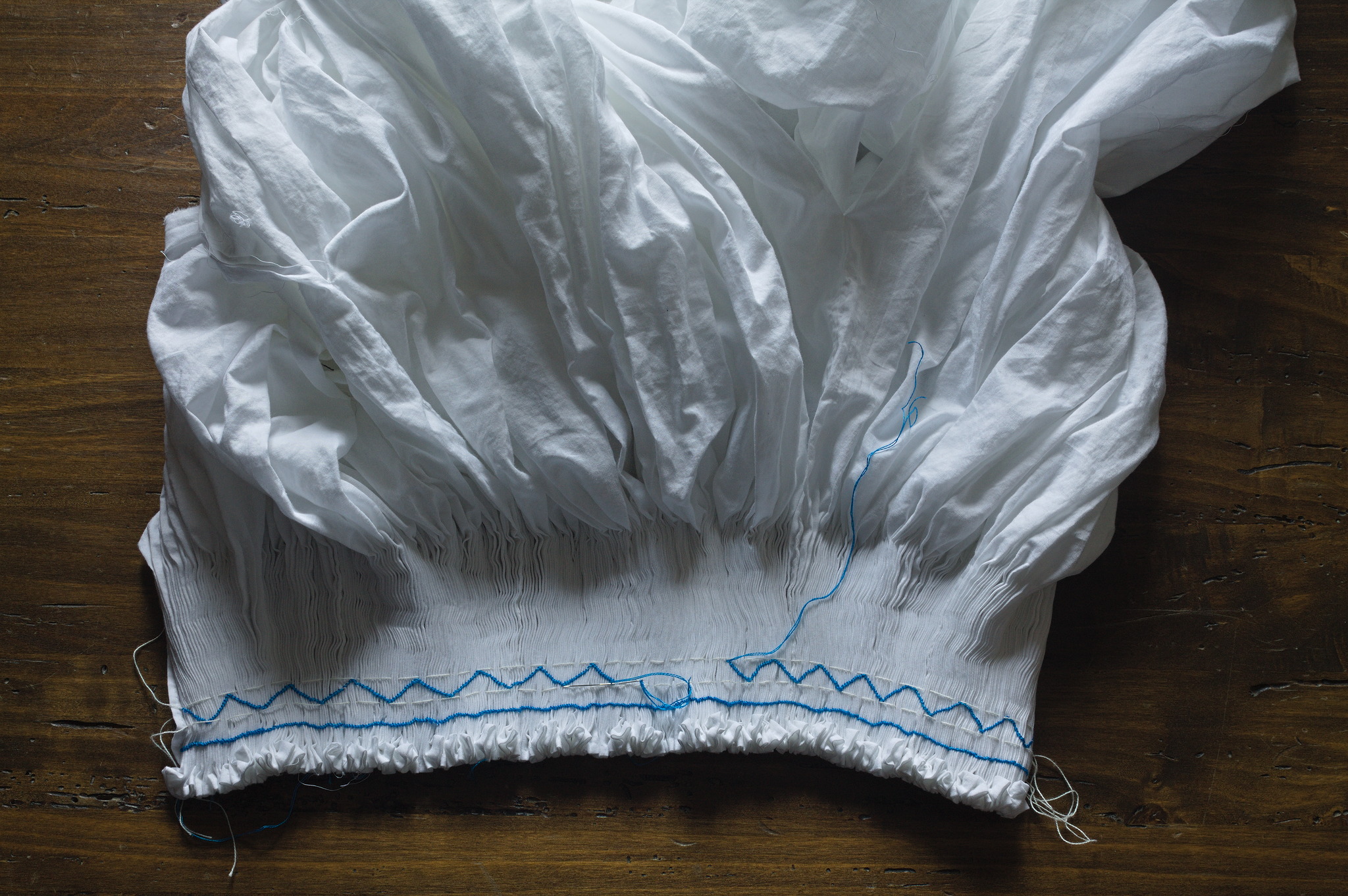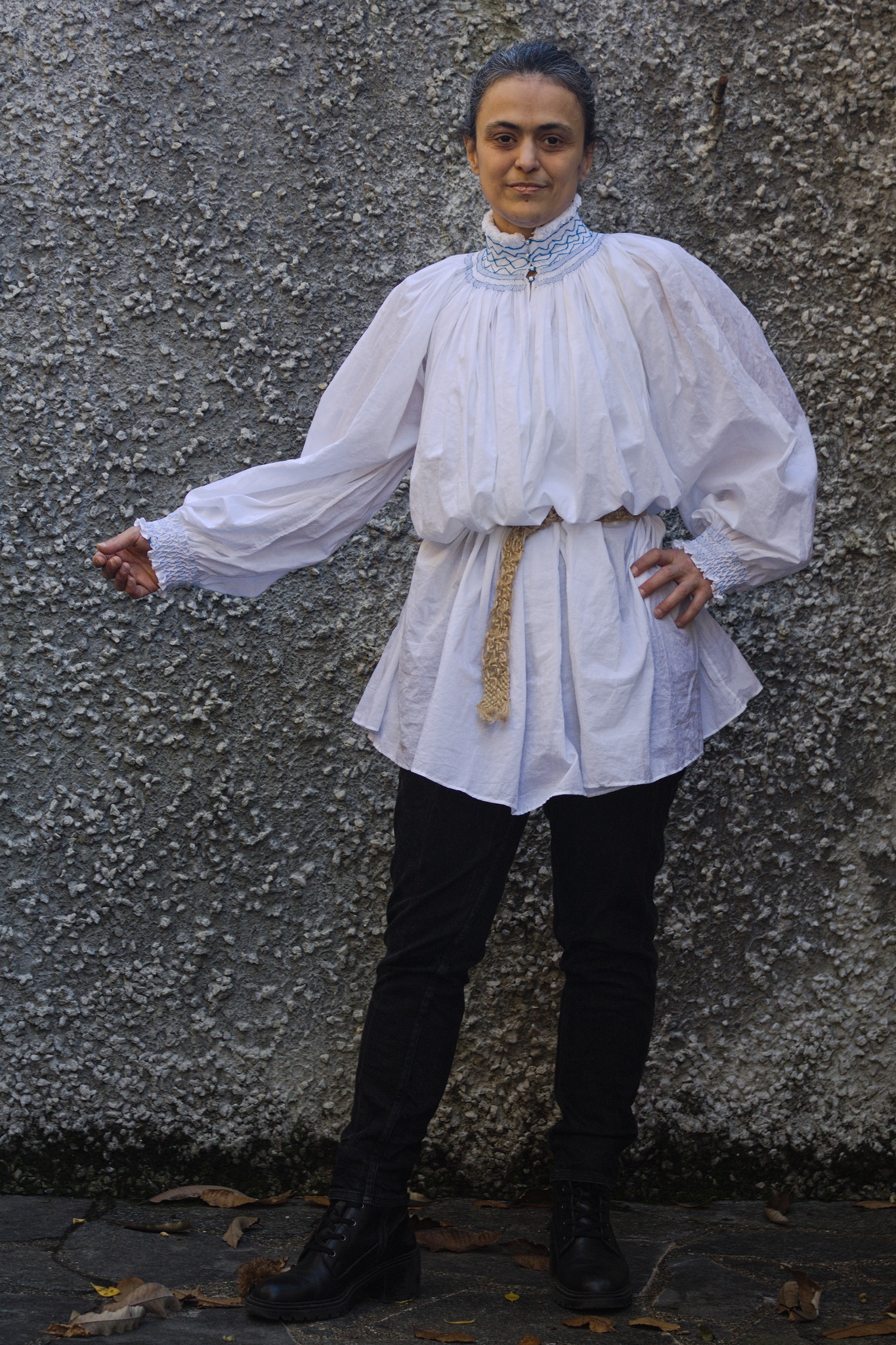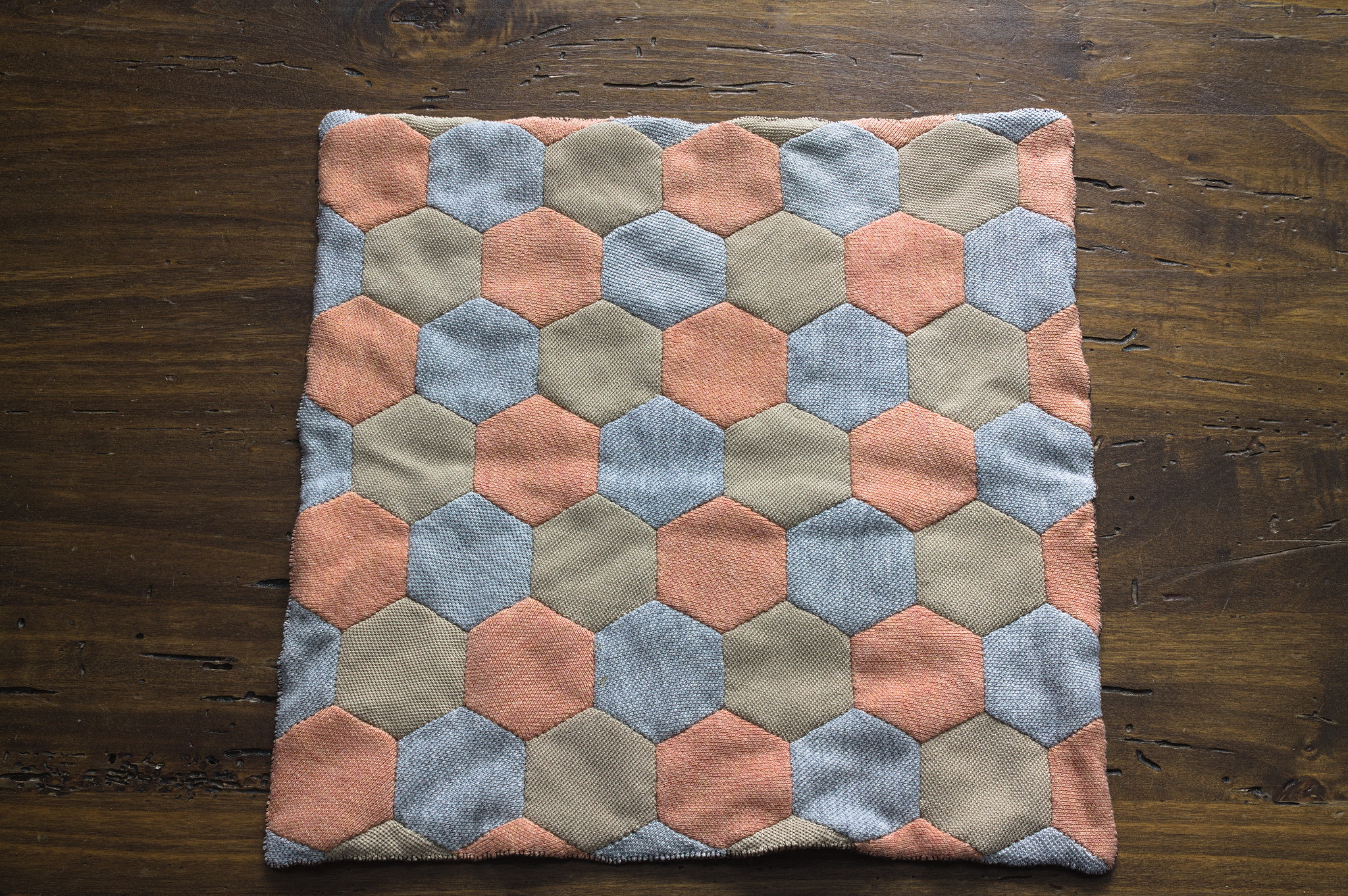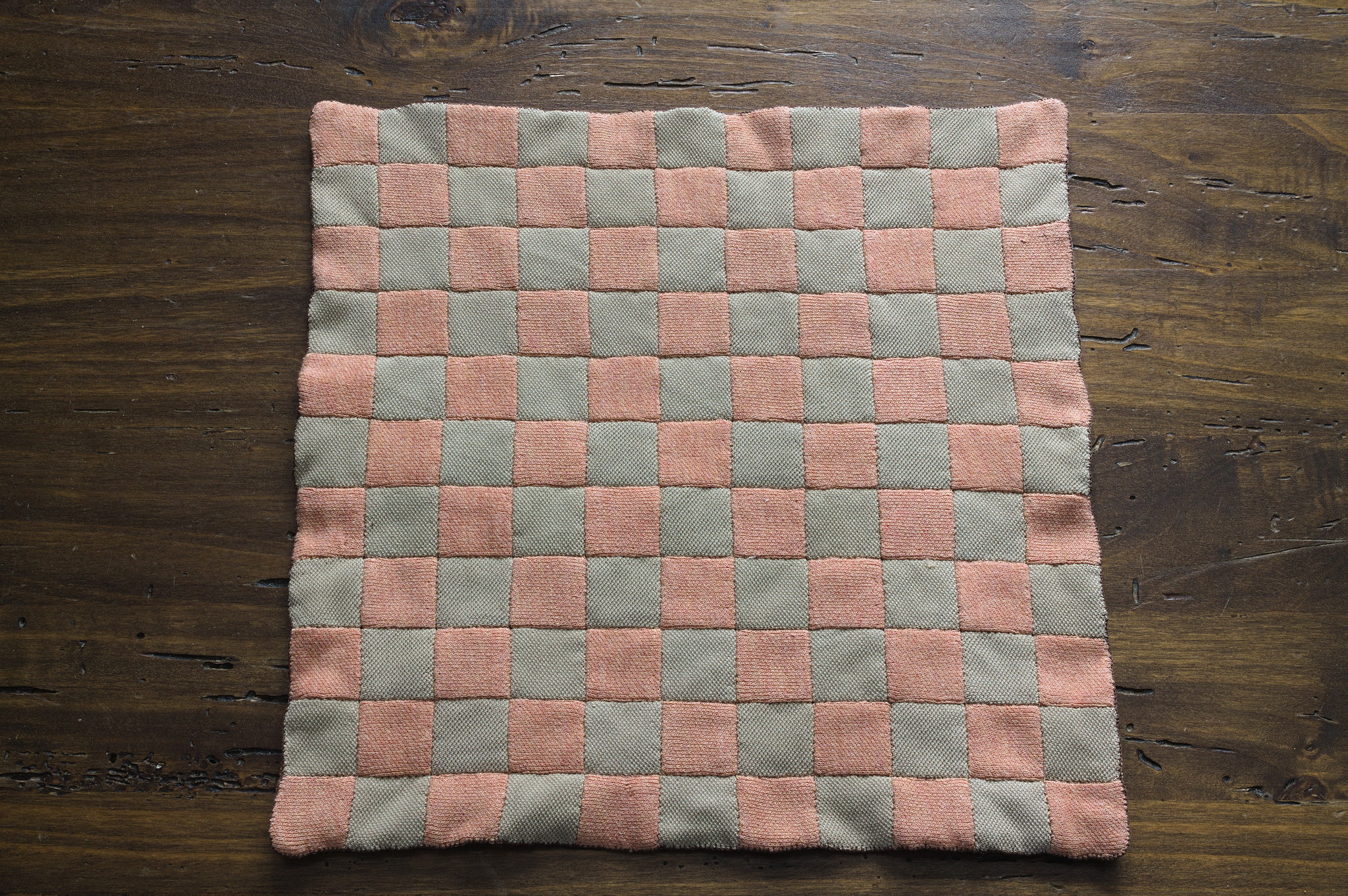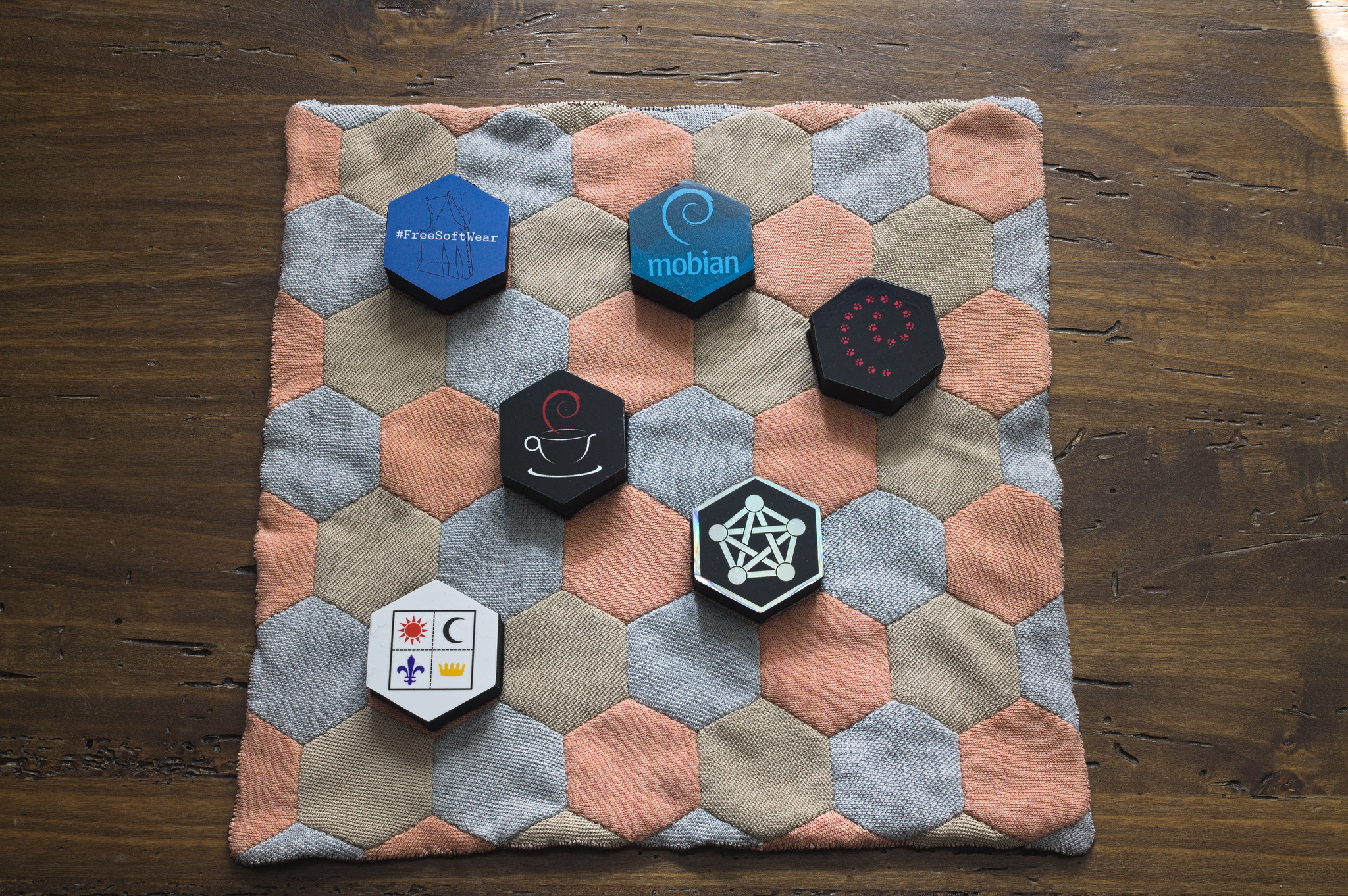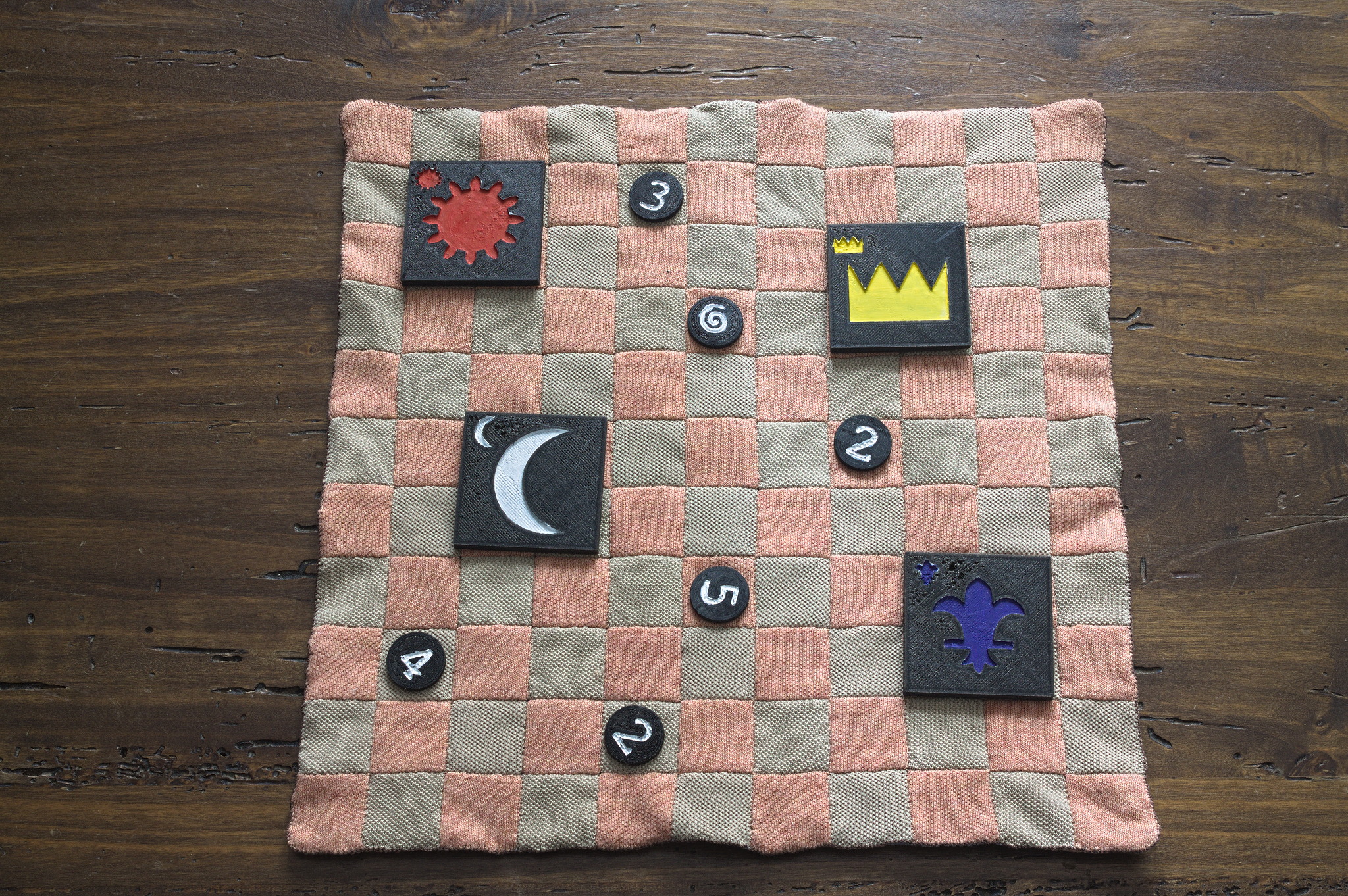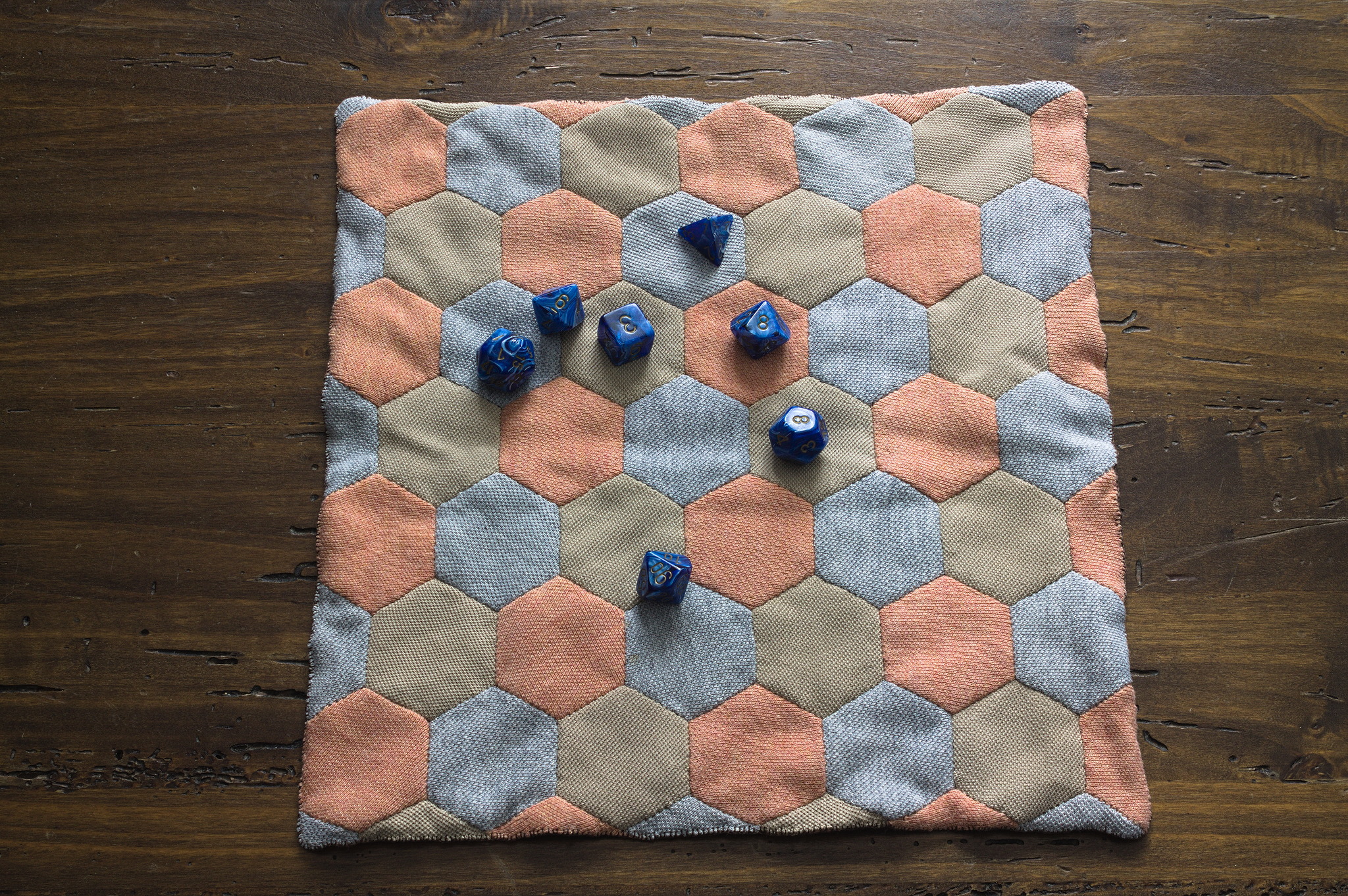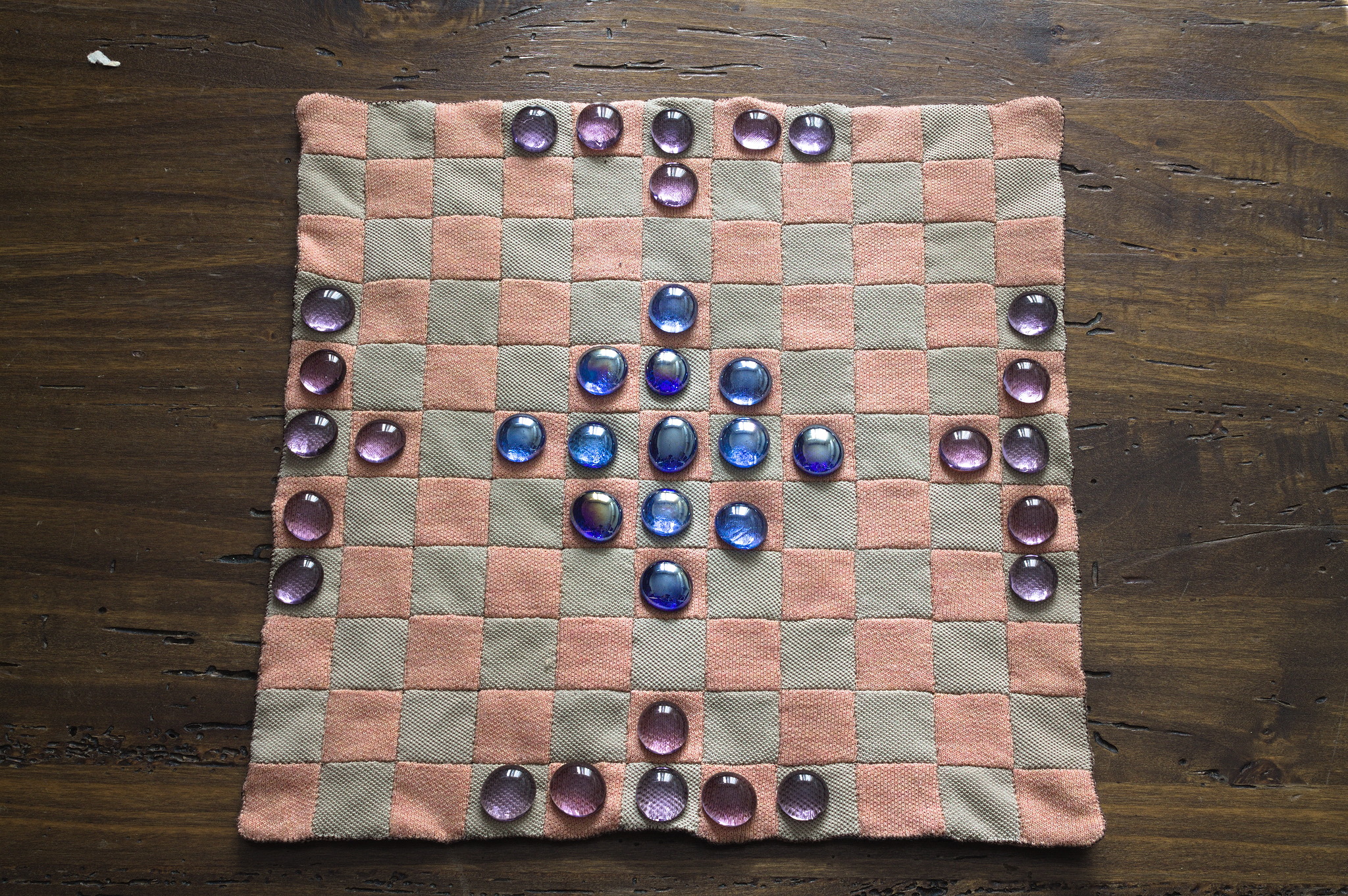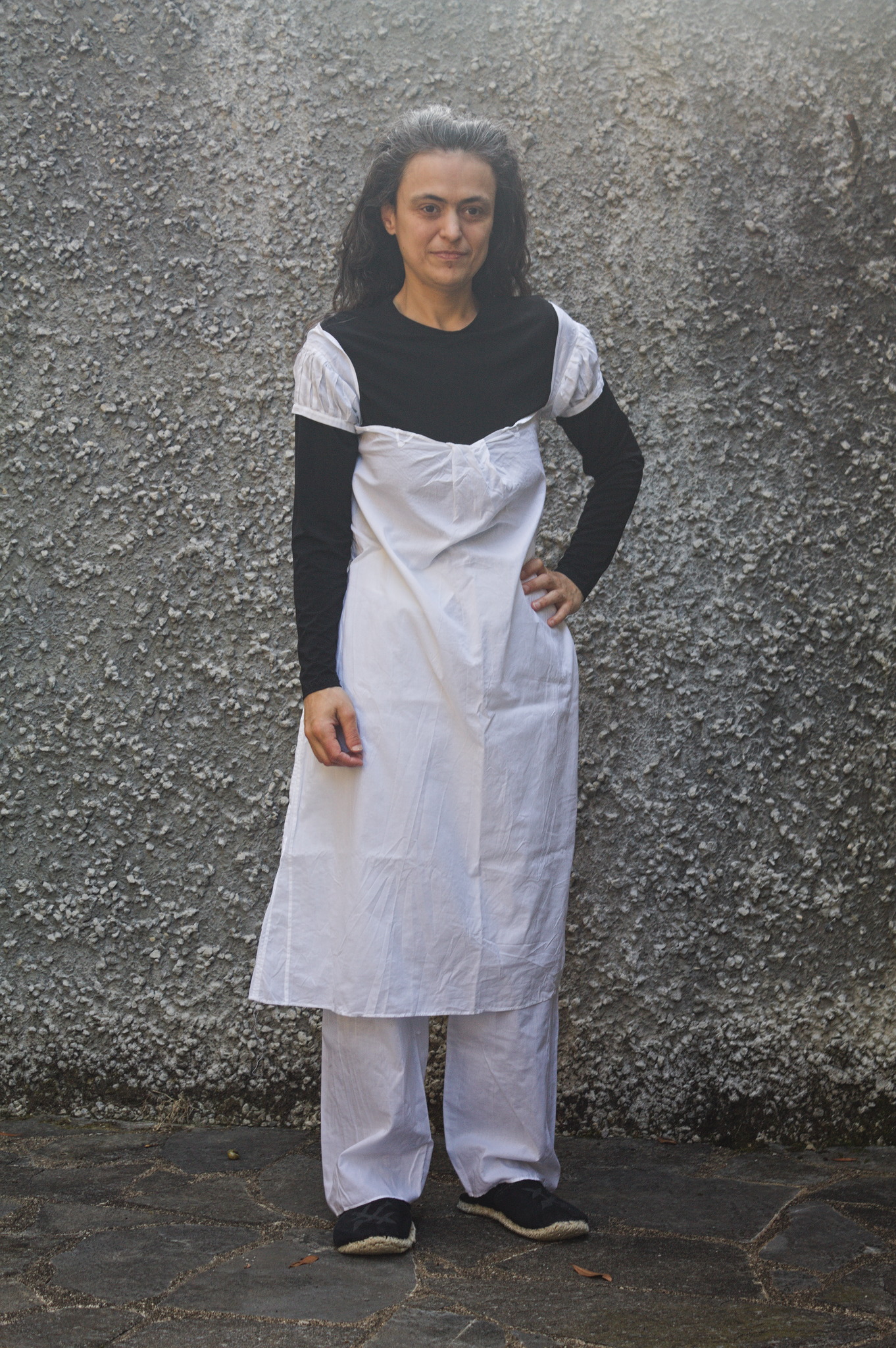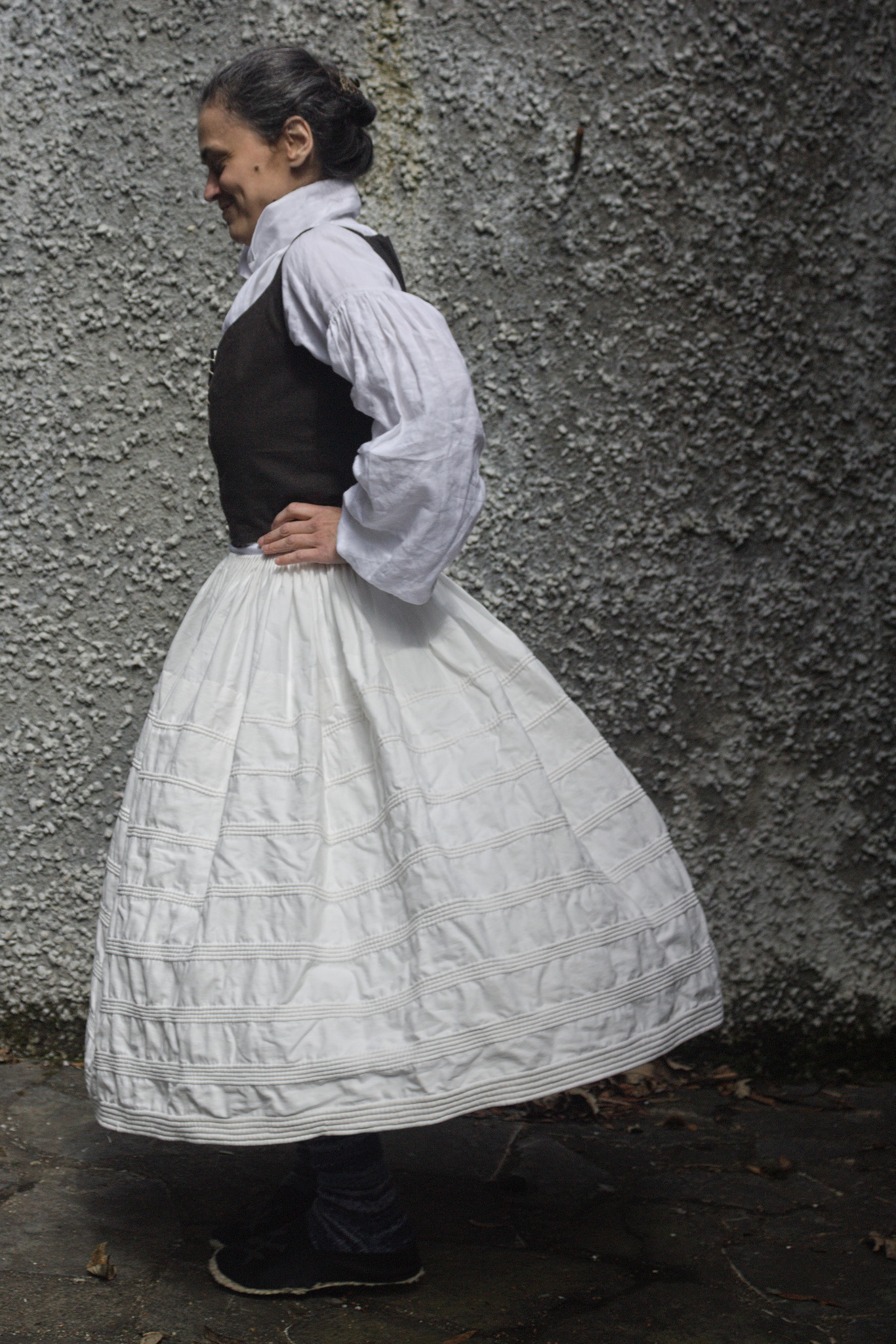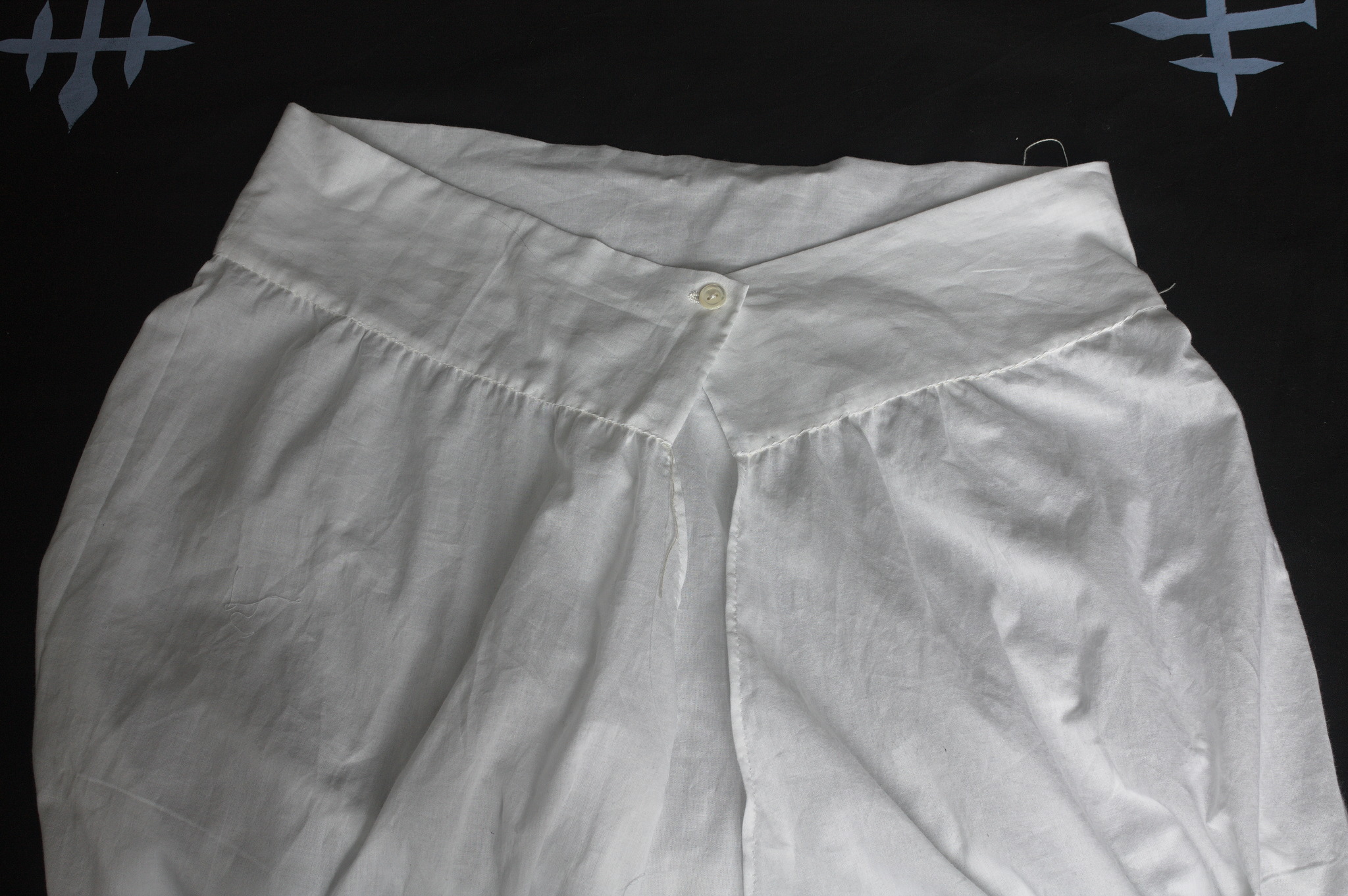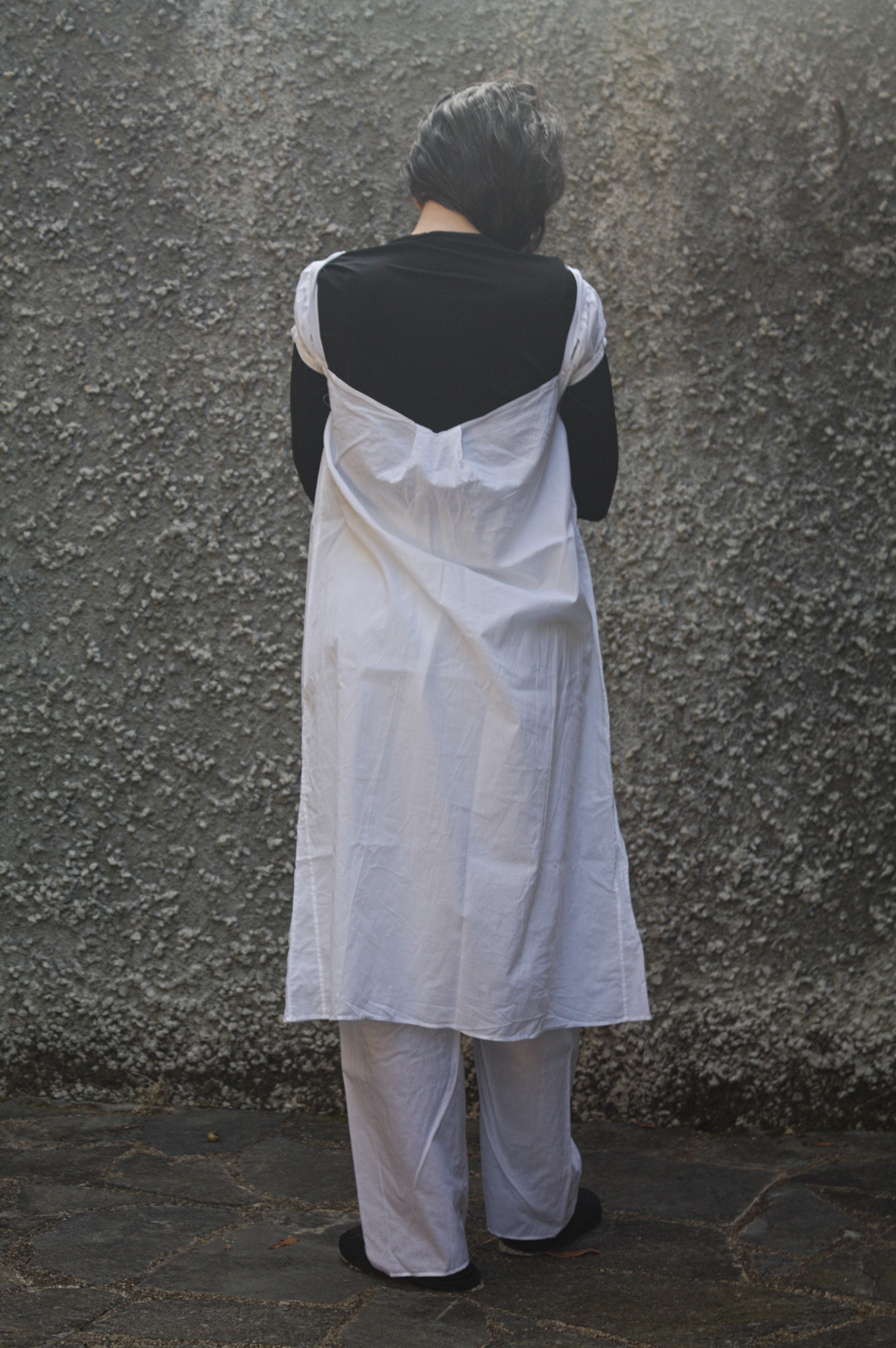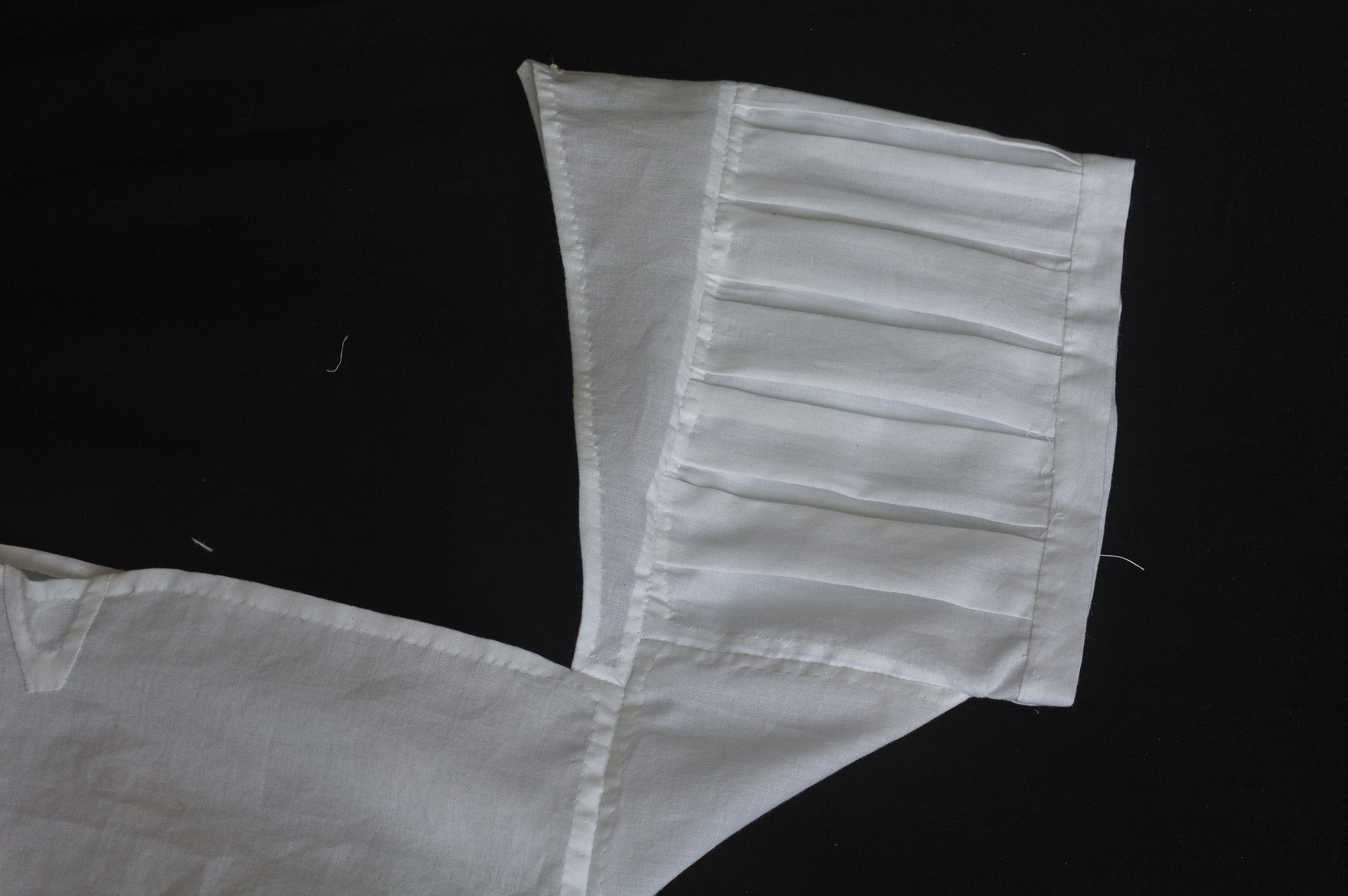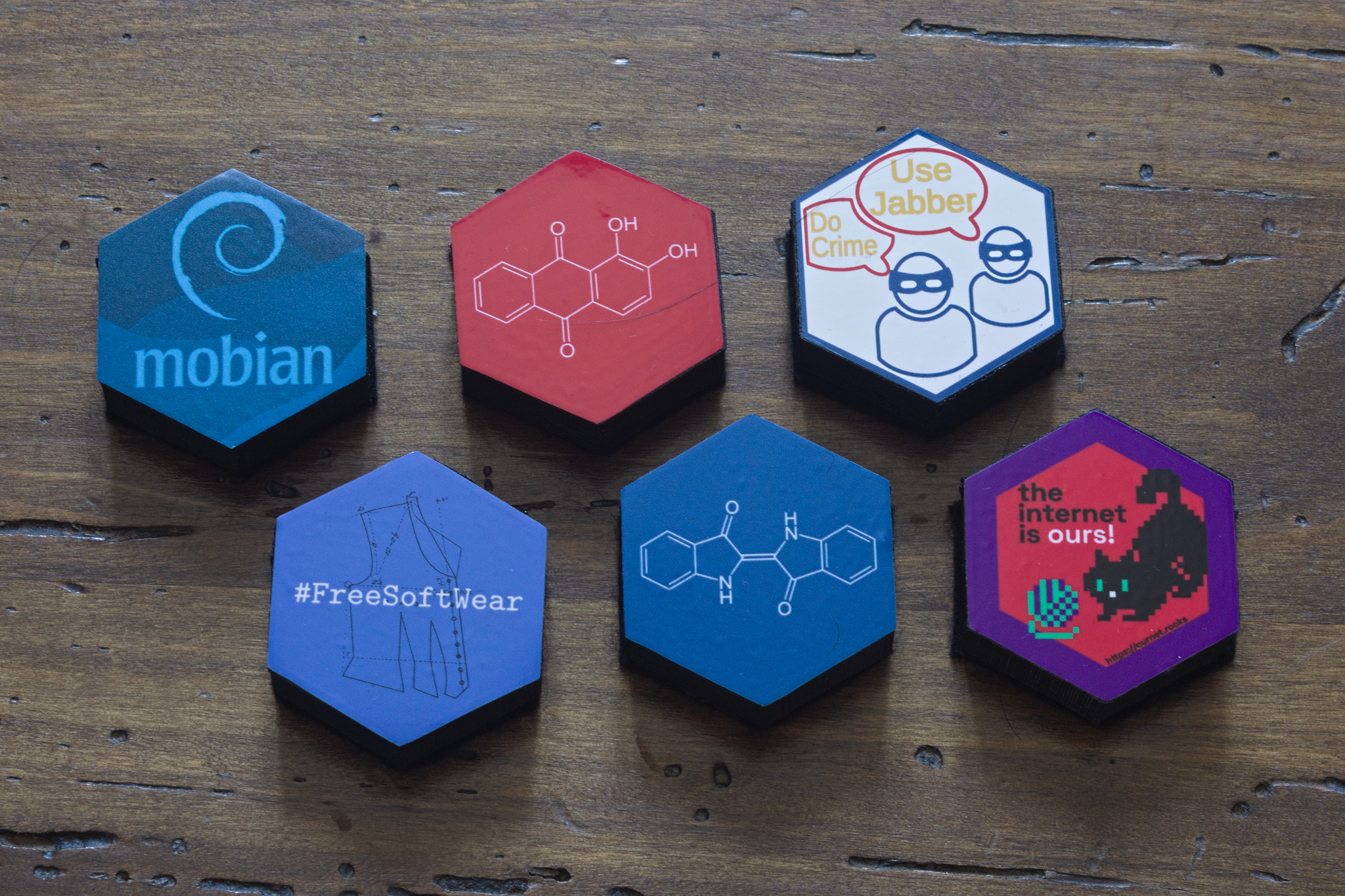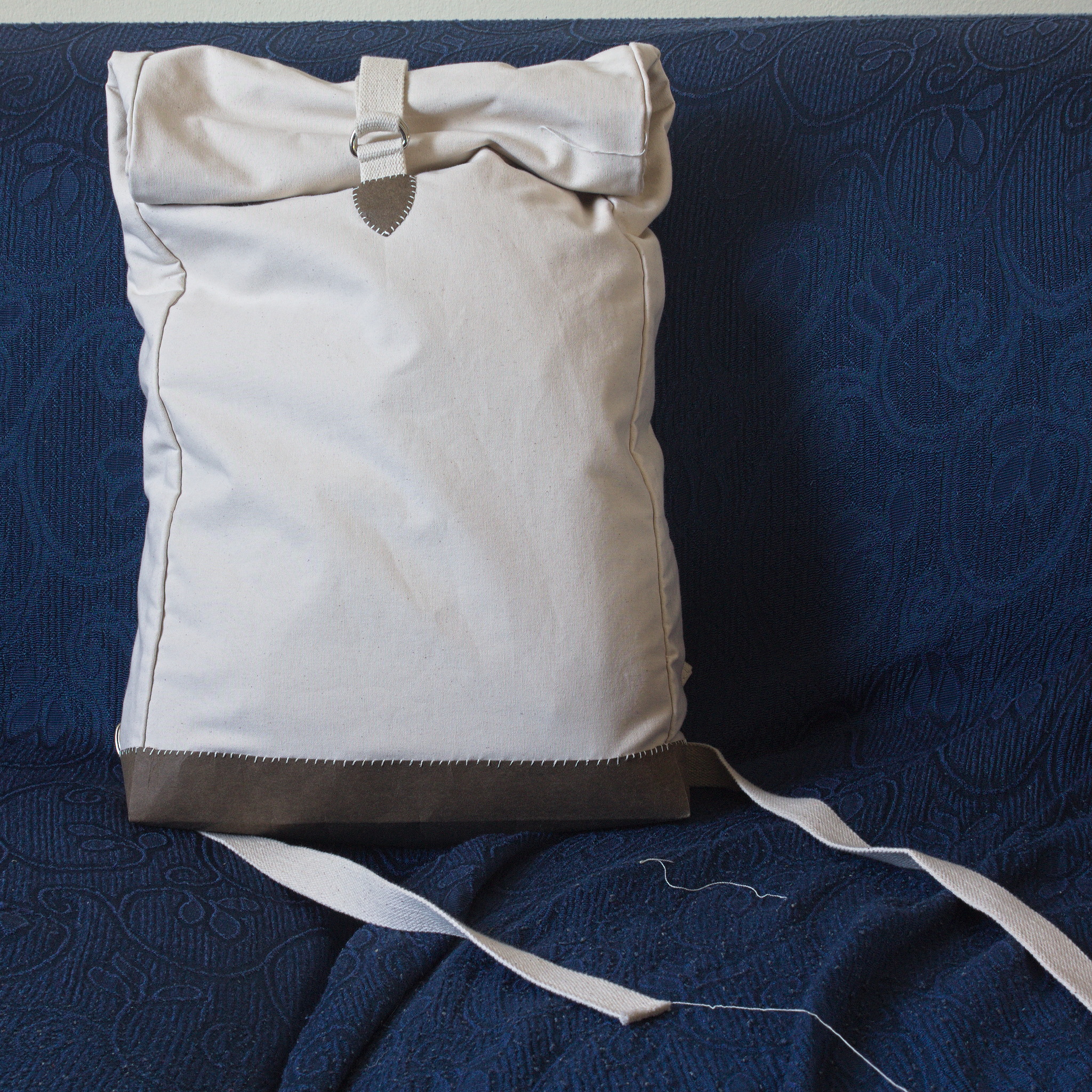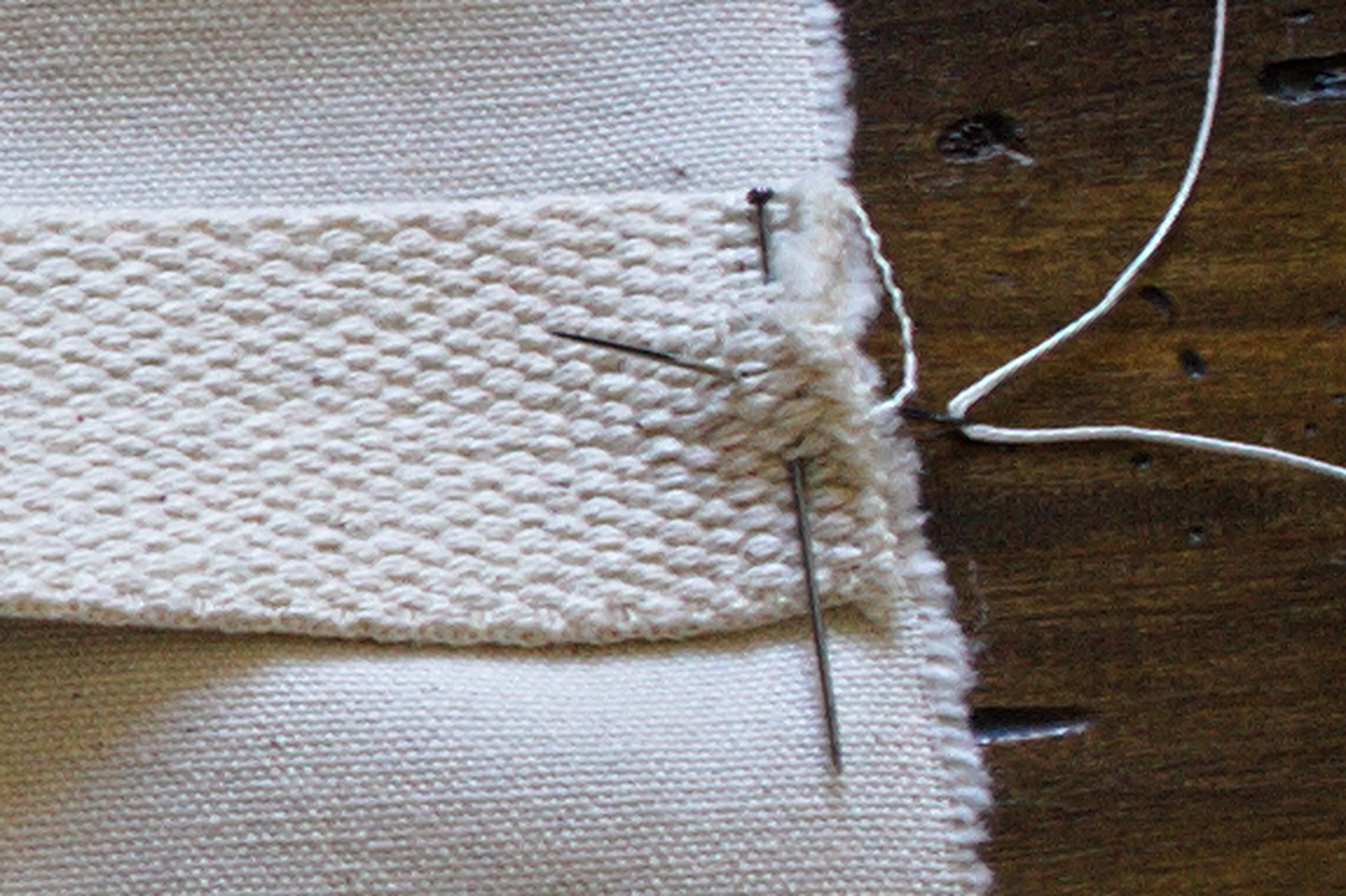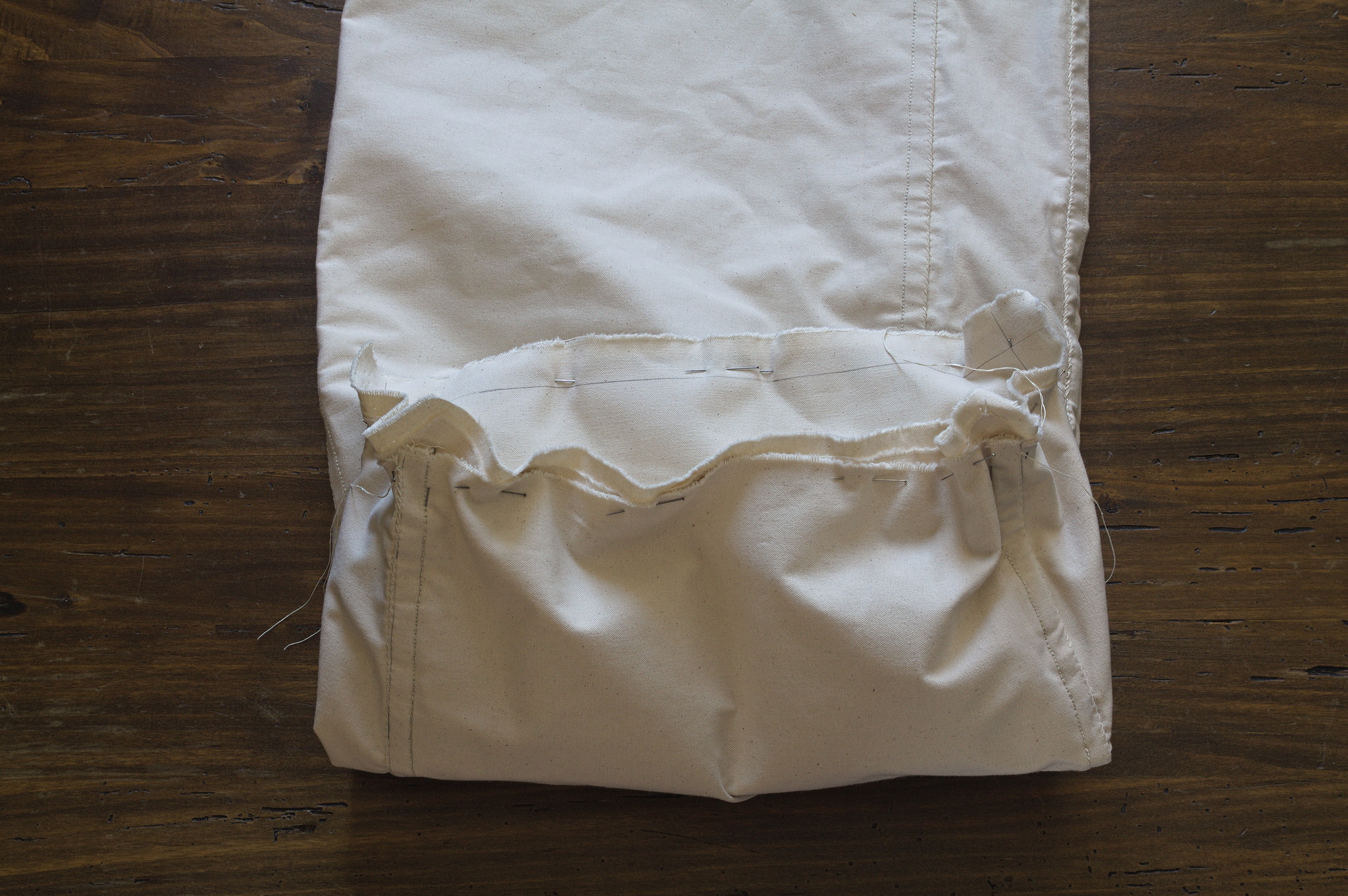Tags: madeof:atoms, madeof:bits, craft:bookbinding
A few years ago I wrote some planner generating code to make myself a custom planner; in November 2023 I generated a few, and posted them here on the blog, in case somebody was interested in using them.
In 2024 I tried to do the same, and ended up being even more late, to the point where I didn’t generate any (uooops).
I did, however, start to write a Makefile to automate the generation (and got stuck on the fact that there wasn’t an easy way to deduce the correct options needed from just the template name); this year, with the same promptness as in 2023 I got back to the Makefile and finished it, so maybe next year I will be able to post them early enough for people to print and bind them? maybe :)
Anyway, these are all of the variants I currently generate, for 2026.
The files with -book in the name have been imposed on A4 paper for a
16 pages signature. All of the fonts have been converted to paths, for
ease of printing (yes, this means that customizing the font requires
running the script, but the alternative also had its drawbacks).
In English:
- daily-95×186-en.pdf
-
blank daily pages, 95 mm × 186 mm;
- daily-A5-en.pdf daily-A5-en-book.pdf
-
blank daily pages, A5;
- daily-A6-en.pdf daily-A6-en-book.pdf
-
blank daily pages, A6;
- daily-graph-A5-en.pdf daily-graph-A5-en-book.pdf
-
graph paper (4 mm) daily pages, A5;
- daily-points4mm-A5-en.pdf daily-points4mm-A5-en-book.pdf
-
pointed paper (4 mm), A5;
- daily-ruled-A5-en.pdf daily-ruled-A5-en-book.pdf
-
ruled paper daily pages, A5;
- week_on_two_pages-A6-en.pdf week_on_two_pages-A6-en-book.pdf
-
weekly planner, one week on two pages, A6;
- week_on_one_page-A6-en.pdf week_on_one_page-A6-en-book.pdf
-
weekly planner, one week per page, A6;
- week_on_one_page_dots-A6-en.pdf week_on_one_page_dots-A6-en-book.pdf
-
weekly planner, one week per page with 4 mm dots, A6;
- week_health-A6-en.pdf week_health-A6-en-book.pdf
-
weekly health tracker, one week per page with 4 mm dots, A6;
- month-A6-en.pdf month-A6-en-book.pdf
-
monthly planner, A6;
And the same planners, in Italian:
- daily-95×186-it.pdf
-
blank daily pages, 95 mm × 186 mm;
- daily-A5-it.pdf daily-A5-it-book.pdf
-
blank daily pages, A5;
- daily-A6-it.pdf daily-A6-it-book.pdf
-
blank daily pages, A6;
- daily-graph-A5-it.pdf daily-graph-A5-it-book.pdf
-
graph paper (4 mm) daily pages, A5;
- daily-points4mm-A5-it.pdf daily-points4mm-A5-it-book.pdf
-
pointed paper (4 mm), A5;
- daily-ruled-A5-it.pdf daily-ruled-A5-it-book.pdf
-
ruled paper daily pages, A5;
- week_on_two_pages-A6-it.pdf week_on_two_pages-A6-it-book.pdf
-
weekly planner, one week on two pages, A6;
- week_on_one_page-A6-it.pdf week_on_one_page-A6-it-book.pdf
-
weekly planner, one week per page, A6;
- week_on_one_page_dots-A6-it.pdf week_on_one_page_dots-A6-it-book.pdf
-
weekly planner, one week per page with 4 mm dots, A6;
- week_health-A6-it.pdf week_health-A6-it-book.pdf
-
weekly health tracker, one week per page with 4 mm dots, A6;
- month-A6-it.pdf month-A6-it-book.pdf
-
monthly planner, A6;
Some of the planners include ephemerids and moon phase data: these have been calculated for the town of Como, and specifically for geo:45.81478,9.07522?z=17, because that’s what everybody needs, right?
If you need the ephemerids for a different location and can’t run the script yourself (it depends on pdfjam, i.e. various GB of LaTeX, and a few python modules such as dateutil, pypdf and jinja2), feel free to ask: unless I receive too many requests to make this sustainable I’ll generate them and add them to this post.
I hereby release all the PDFs linked in this blog post under the CC0 license.
You may notice that I haven’t decided on a license for the code dump repository; again if you need it for something (that is compatible with its unsupported status) other than running it for personal use (for which afaik there is an implicit license) let me know and I’ll push “decide on a license” higher on the stack of things to do :D
Finishing the Makefile meant that I had to add a tiny feature to one of the scripts involved, which required me to add a dependency to pypdf: up to now I have been doing the page manipulations with pdfjam, which is pretty convenient to use, but also uses LaTeX, and apparently not every computer comes with texlive installed (shocking, I know).
If I’m not mistaken, pypdf can do all of the things I’m doing with pdfjam, so maybe for the next year I could convert my script to use that one instead.
But then the planners 2027 will be quick and easy, and I will be able to publish them promptly, right?
